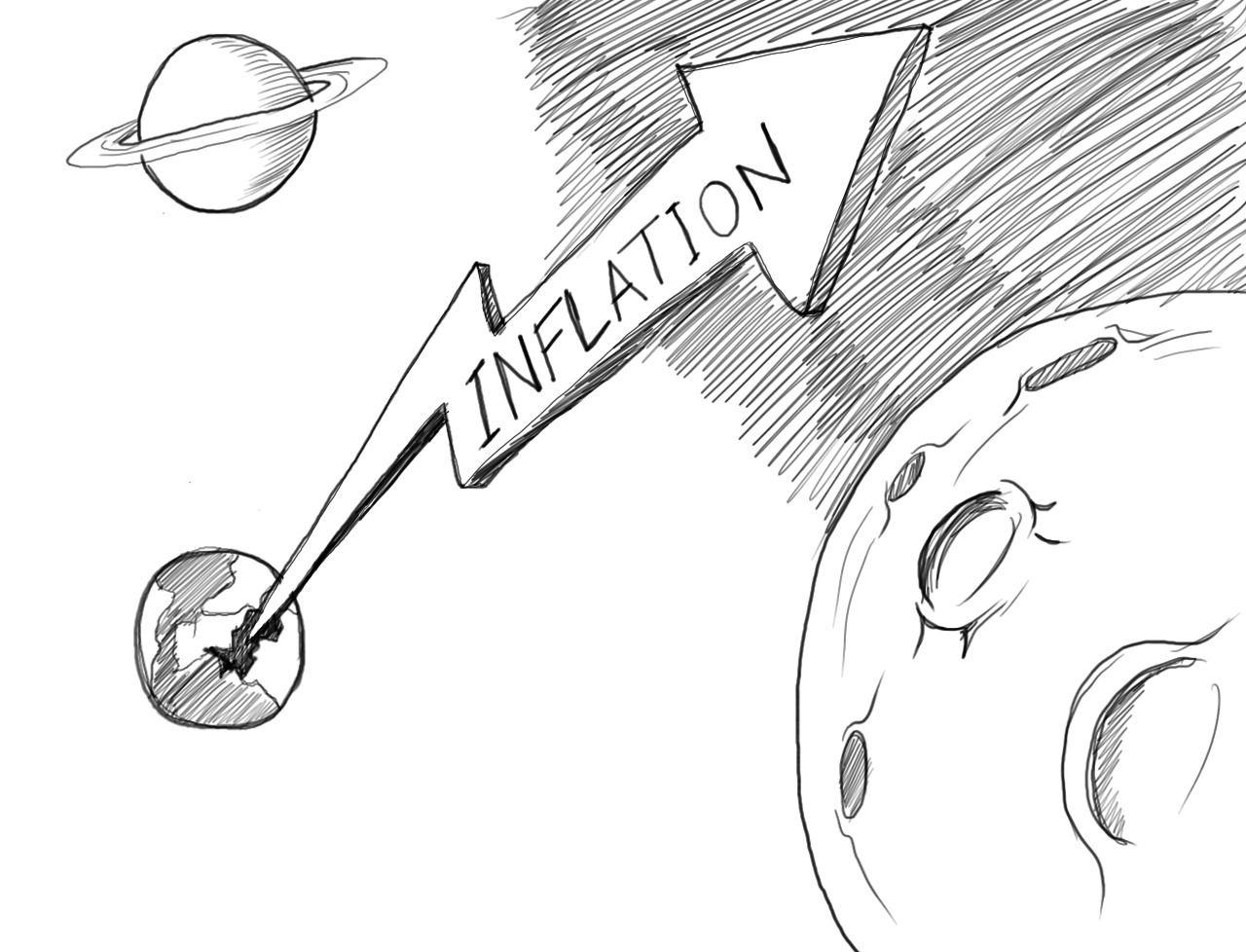Inflation as measured by the wholesale price index(WPI) fell to a eight month low of 5.05% in January 2014. On the face of it, it might seem like a reason to rejoice, but the devil as they say always lies in the detail.
Around 65% of the wholesale price index is made up of manufactured products. The rate of inflation for manufactured products stood at 2.76%. In comparison, this had stood at 4.96% in January 2013.
On the other hand the price of food articles which constitute around http://teekhapan.wordpress.com/2014/02/14/food-inflation-is-down-but-the-figure-raghuram-rajan-is-watching-hasnt-even-budged/14.3% of the index rose by around 8.9%. In comparison, the rise had been at 12.4% in January 2013.
Vegetable prices went up by 16.60% (in comparison to over 30% during the same period last year). The price of rice was up by 13.4% (in comparison to 17.8% during the same period last year). The price of Egg, Meat and Fish went up by 10.9% (in comparison to 11.2% during the same period last year).
If India has to get economic growth going again, the manufacturing inflation needs to rise from its current level and the food inflation needs to fall further. For more than five years, food inflation has been very high. High inflation has eaten into the incomes of people and led to a scenario where their expenditure has gone up faster than their income. This has led to people cutting down on expenditure which is not immediately necessary.
When people cut down on expenditure, the demand for manufactured products falls as well. This is reflected in the rate of inflation for manufactured products which stood at 2.76% in January 2014. Interestingly, this is also reflected in the consumer durable number( a part of the index industrial production from a use based point of view), which fell by 16.2% in December 2013.
At a more practical level it is reflected in the falling car sales numbers. The domestic car sales number stood at 1,60,289 units in January 2014, falling from 173,449 units in January 2013. The two wheeler sales went up by just 5% to 179,576 units in January 2014 over January 2013.
With high inflation eating into the incomes of people it is not surprising that they are cutting down on their expenditure. Also, high inflation has prevailed for close to five years now. Given this, a fall in overall inflation, as it has over the last couple of months, will not immediately lead to increased consumption. People need a little more evidence of falling inflation before they decide to open up their purses. This means, that overall inflation (as measured through the wholesale price index or the consumer price index for that matter) needs to continue to fall over the next few months, for consumer demand to return. Whether that happens remains to be seen.
While food inflation has been falling, the inflation at the retail level still continues to be strong. If one looks at core retail inflation (i.e. non food non fuel inflation which forms around 40% of the consumer price inflation index) it continues remains to be high at 8%.
The core inflation contains measures of housing, medical care, education, recreation, transport, personal care etc, basically, everything that is required for a reasonably comfortable living.
If consumer demand has to return, the core retail inflation needs to come down from a level of 8% to close to 5-6%.
What makes a fall in core retail inflation even more important is the fact that the items that constitute it (i.e. housing, medical care, education, recreation, transport, personal care etc) are the ones that consumers deal with on an almost daily basis. And they will not feel inflation has come down, unless the price rise of these items starts to slow down.
This number is closely tracked by the Reserve Bank of India(RBI) as well. The RBI governor Raghuram Rajan had said on January 29, 2014, “that he would have liked to see a greater reduction in core inflation.”
Also, food inflation needs to continue to fall. Its the high price of food that feeds into wages and thus leads to high levels of core retail inflation. Once that is brought under control, consumer demand will return, and will start to reflect in higher manufactured products inflation and a better index of industrial production number (which stood at -0.6% in December 2013).
And that, in turn, is likely to show up in higher economic growth.
The article originally appeared on www.FirstBiz.com on February 14, 2014
(Vivek Kaul is a writer. He tweets @kaul_vivek)
